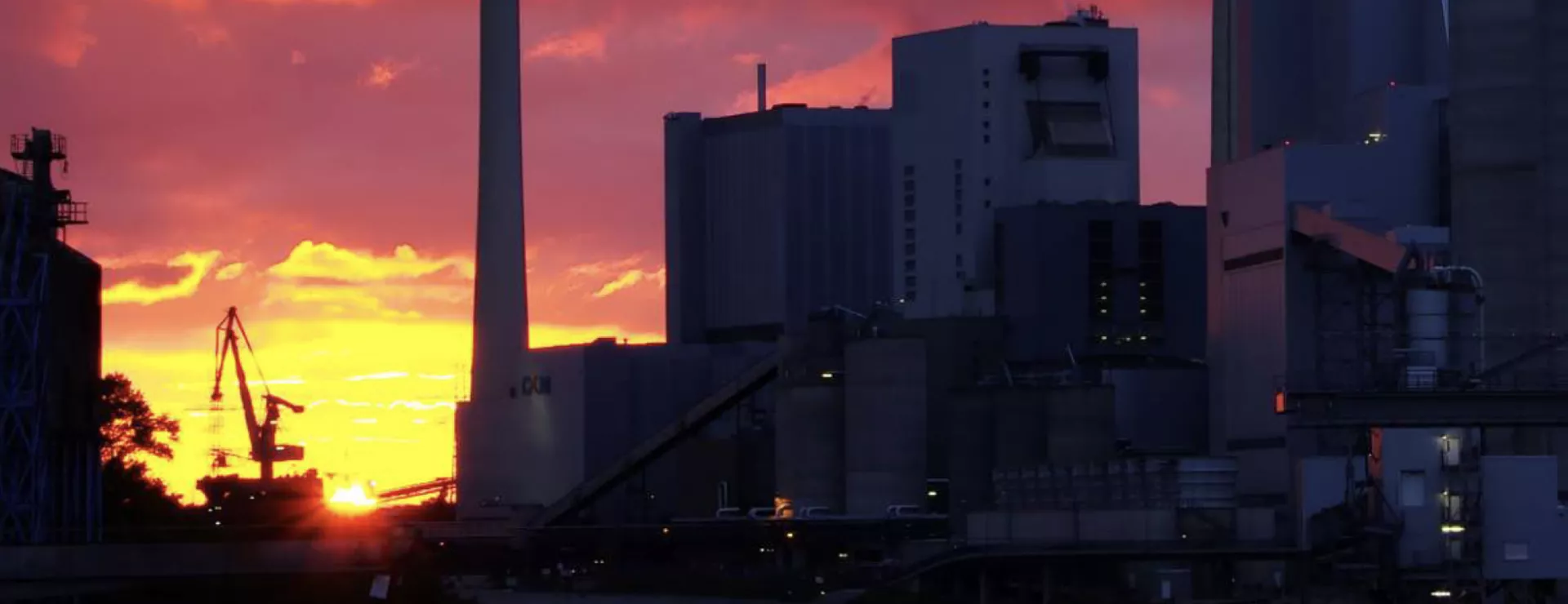How To Retire Early: Making Accelerated Coal Phaseout Feasible and Just


As the urgency of the climate crisis grows, new analysis reveals that coal is no longer the cheapest way to power the global economy. The cost of clean energy has fallen so far that new renewables are now cheaper than new coal plants virtually everywhere, and there are specific financial strategies that utilities and policymakers can use to engineer a faster phaseout of coal in various regions of the world.
"How to Retire Early: Making Accelerated Coal Phaseout Feasible and Just", a report released in June by the Rocky Mountain Institute (RMI), The Carbon Tracker Initiative, and The Sierra Club, estimates that replacing the entire fleet of global coal plants with clean energy plus battery storage could be done at a net annual savings as early as 2022. The rapidly declining costs of renewables push net annual savings to $105 billion in 2025. All this is before considering coalís dire health, climate, and environmental impacts, or accounting for the social and environmental benefits of reducing pollutants. Currently, coal phaseout hasnít kept pace with eroding economics.
To keep the Paris Agreementís temperature targets within reach, global coal use must decline by 80 percent below 2010 levels by 2030, requiring rapid transition in OECD countries over the next decade and phase-out in the rest of the world by 2040.
This report lays out options for governments and public finance institutions to accelerate coal phase-out via integrated three-part approach: 1) refinancing to fund the coal transition and save customers money on day one, 2) reinvesting in clean energy, and 3) providing transition financing for workers and communities.
In 2020, U.S. policymakers could help customers save up to $10 billion annually using the three-part approach to phase out the 79 percent of the 236 GW coal fleet that is uncompetitive today. Meanwhile, outside the United States, a third of the global coal fleet is already more costly to continue operating than building new renewables with storage today.